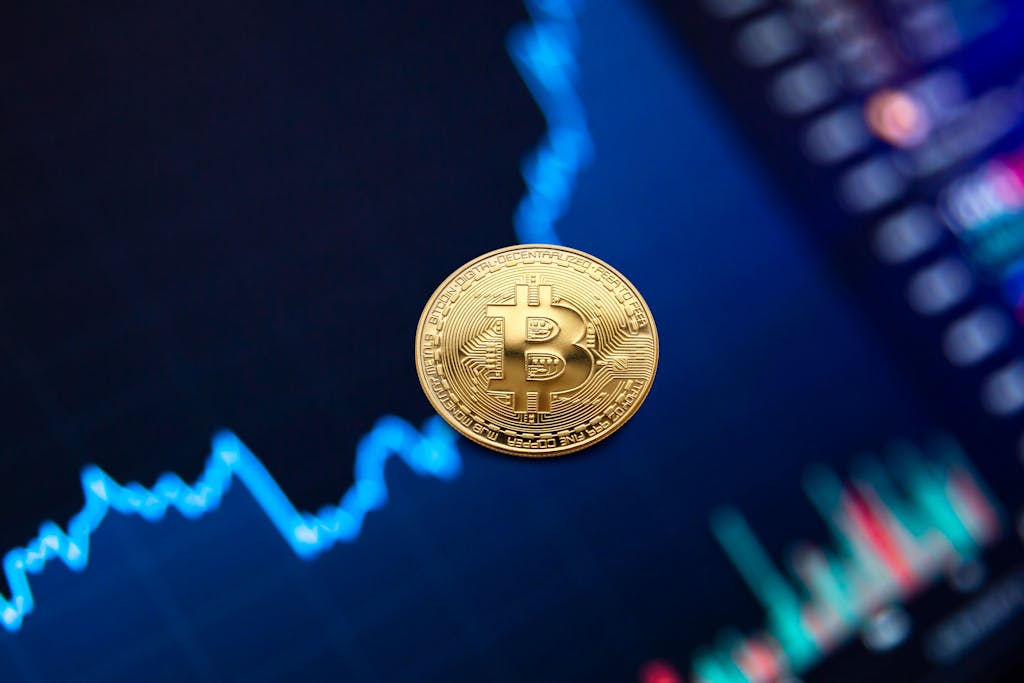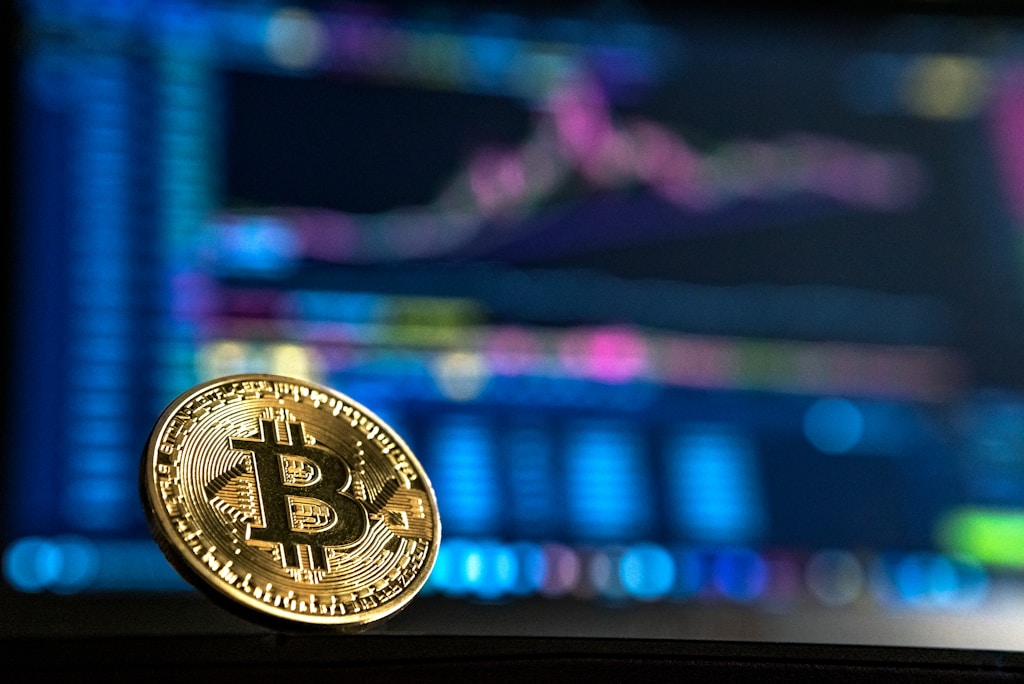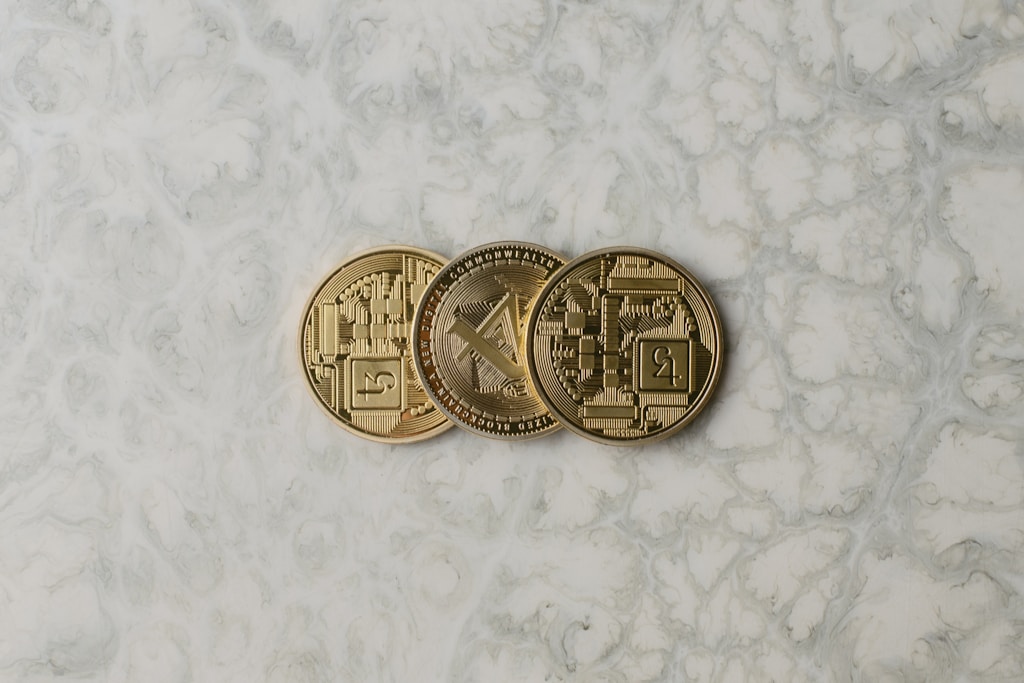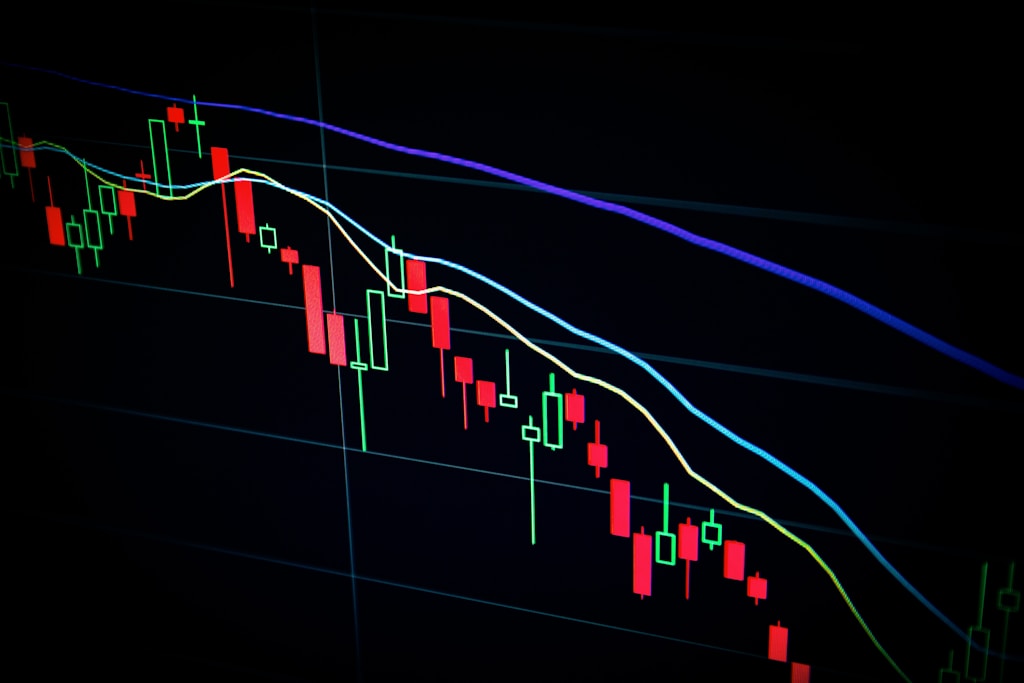The Hashgraph Association has launched an ambitious initiative to accelerate Web3 development across Africa, announcing the Hedera Africa Hackathon 2025 with a goal of empowering 10,000 developers. This strategic move marks a significant push for blockchain adoption in one of the world’s fastest-growing tech markets.
Key Highlights of the Hedera Africa Hackathon 2025
- Partnership between Hashgraph Association and Exponential Science Foundation
- Focus on building decentralized solutions on the Hedera network
- Target of reaching and training 10,000 African developers
- Emphasis on practical Web3 application development
Impact on African Blockchain Ecosystem
This initiative aligns with the growing trend of blockchain adoption in Africa, where decentralized technologies are increasingly seen as solutions for financial inclusion and technological advancement. The hackathon represents a significant investment in human capital development across the continent.
Technical Focus Areas
Participants will have the opportunity to develop solutions in several key areas:
- Decentralized Finance (DeFi) applications
- Smart contract development
- Web3 infrastructure solutions
- Cross-chain interoperability projects
FAQ Section
What is the Hedera network?
Hedera is a public distributed ledger technology that offers fast, fair, and secure applications to develop decentralized solutions.
Who can participate in the hackathon?
The hackathon is open to developers across Africa, from beginners to experienced blockchain developers.
What support will participants receive?
Participants will receive technical training, mentorship, and access to Hedera’s development tools and resources.
Looking Ahead
This initiative could significantly impact the African blockchain ecosystem, potentially creating a new generation of Web3 developers who can build solutions for local challenges while participating in the global blockchain economy.





